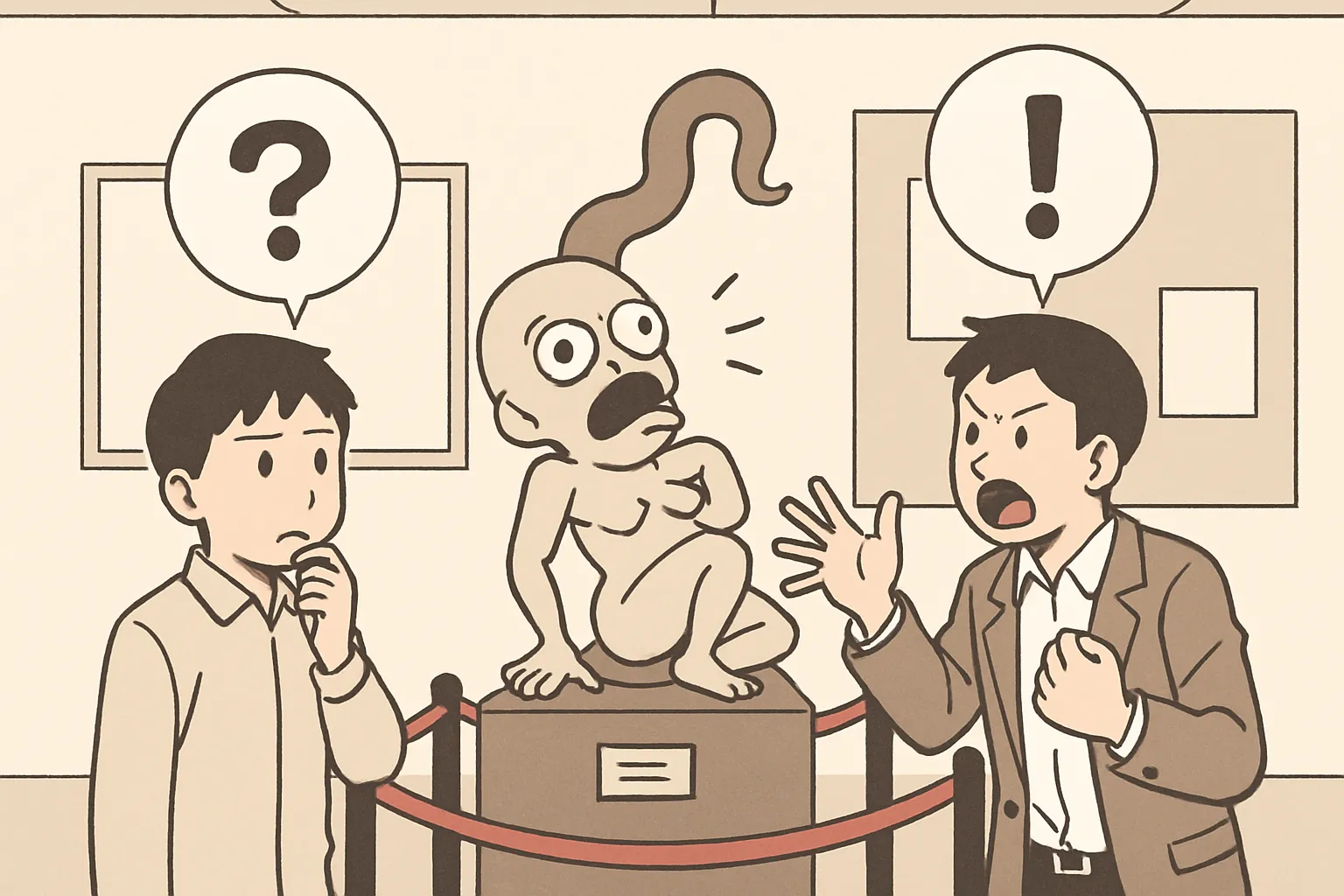Hello! This is [Daily Hangul], here to upgrade your Korean skills to the next level! 👋
Are you preparing for an important presentation or a business meeting in Korean? Today, we are diving into the art of “Summarizing Key Points” in a formal setting.
In the fast-paced Korean business world, especially with the rise of the “Quick-Quick” (Palli-Palli) culture evolving into “Smart Efficiency,” the ability to summarize clearly is a superpower. Recently, the trend in Korean companies is “Du-gwal-sik” (두괄식)—stating the conclusion first. Executives and clients love brevity and clarity!
Let’s learn how to wrap up your presentation professionally so you can impress your colleagues and bosses.
📝 Key Expressions for Summarizing
Here are 3 essential expressions to help you summarize your points effectively in a C1-level formal environment.
1. 핵심 내용을 요약하자면…
- Pronunciation: [Haek-ssim nae-yong-eul yo-ya-ka-ja-myeon]
- English Meaning: To summarize the key points…
- Detail: This is a standard, professional phrase used to transition from the body of your presentation to the conclusion. It signals to the audience that you are about to condense the information.
- 💡 Pronunciation Tip:
- Tensification (Doen-sori): Did you notice that ‘핵심’ is written as haek-sim but pronounced [haek-ssim]? When the batchim ‘ㄱ(k)’ meets ‘ㅅ(s)’, the ‘ㅅ’ hardens into a tense sound ‘ㅆ(ss)’.
- Liaison (Yeon-eum): For ‘요약하자면’, the ‘ㄱ’ in ‘약’ flows into the ‘ㅎ’ in ‘하’. In fast speech, it sounds like [yo-ya-ka-ja-myeon]. This makes your speech flow much more naturally!
2. 따라서 결론적으로 말씀드리면…
- Pronunciation: [Tta-ra-seo gyeol-lon-jeo-geu-ro mal-sseum-deu-ri-myeon]
- English Meaning: Therefore, to state the conclusion… / Consequently, the conclusion is…
- Detail: This is a highly formal expression used to show a logical cause-and-effect relationship. ‘따라서’ (Therefore) reinforces the logic, making your argument sound very persuasive.
- 💡 Pronunciation Tip:
- Lateralization (Yu-eum-hwa): Look at the word ‘결론’ (Conclusion). It is written as gyeol-lon, but the pronunciation rule applies here. When ‘ㄹ(l)’ and ‘ㄴ(n)’ meet, the ‘ㄴ’ changes to ‘ㄹ’. So, it is pronounced [gyeol-lon], not [gyeol-non]. It rolls off the tongue much smoother, like the English word “Gal-lon”.
3. 결국 우리가 주목해야 할 점은…
- Pronunciation: [Gyeol-guk u-ri-ga ju-mo-kae-ya hal jjeom-eun]
- English Meaning: Ultimately, the point we need to focus on is…
- Detail: Use this when you want to highlight the single most important takeaway from your presentation. It directs the audience’s attention to the core message.
🗣️ Example Dialogue
Let’s see how these expressions work in a real business scenario.
(Situation: Team Leader Park is summarizing a proposal for a new marketing strategy targeting Gen Z.)
Team Leader Park: …so the data shows a shift in user behavior.
(…그렇게 데이터는 사용자 행동의 변화를 보여줍니다.)
Team Leader Park: 핵심 내용을 요약하자면, 기존의 긴 영상보다는 숏폼 콘텐츠가 훨씬 효과적이라는 것입니다.
(To summarize the key points, short-form content is much more effective than existing long videos.)
Manager Choi: 맞습니다. 요즘 트렌드와 일치하네요. 그럼 다음 단계는 무엇인가요?
(That’s correct. It aligns with current trends. Then, what is the next step?)
Team Leader Park: 따라서 결론적으로 말씀드리면, 다음 분기 예산의 50%를 숏폼 제작에 투자해야 합니다. 결국 우리가 주목해야 할 점은 ‘속도’와 ‘몰입감’입니다.
(Therefore, to state the conclusion, we must invest 50% of next quarter’s budget into short-form production. Ultimately, the point we need to focus on is ‘speed’ and ‘immersion’.)
🇰🇷 Culture Tip & Trend Deep Dive
“Gyeol-Jae” (결재) vs. “Gyeol-Lon” (결론)
In the modern Korean workplace, especially with the influx of the MZ generation (Millennials + Gen Z), communication styles are changing. The traditional, long-winded reports are fading away.
Nowadays, the “One-Page Report” culture is trending. When you speak, using the “Du-gwal-sik” (Conclusion First) method is crucial.
* Don’t say: “Because of A, and then B happened, and C was observed… so we should do D.”
* Do say: “따라서 결론적으로 말씀드리면 (Therefore, the conclusion is), we must do D. The reasons are A, B, and C.”
Using the expressions we learned today shows that you respect your listener’s time and understand professional Korean business etiquette!
🎓 Wrap-up & Practice
Today, we learned how to professionally summarize presentations using:
1. 핵심 내용을 요약하자면… (To summarize the key points…)
2. 따라서 결론적으로 말씀드리면… (Therefore, to state the conclusion…)
3. 결국 우리가 주목해야 할 점은… (Ultimately, the point we need to focus on is…)
📝 Mini Quiz:
Fill in the blank to complete the sentence!
“The data is complex. __________, we need to simplify the process.”
(데이터가 복잡합니다. __________, 우리는 프로세스를 단순화해야 합니다.)
- 처음 뵙겠습니다 (Nice to meet you)
- 핵심 내용을 요약하자면 (To summarize the key points)
Leave your answer in the comments below! 👇
If you have any questions about Korean business presentations, feel free to ask. See you in the next post!






